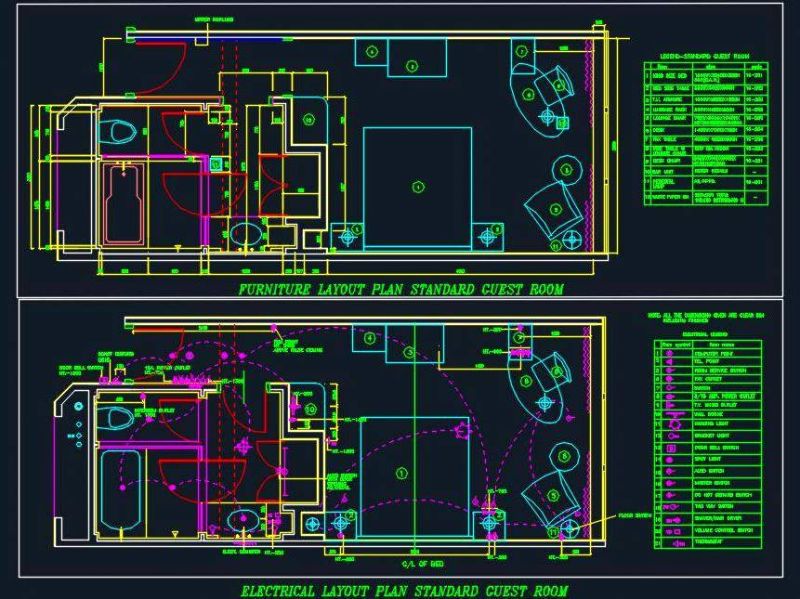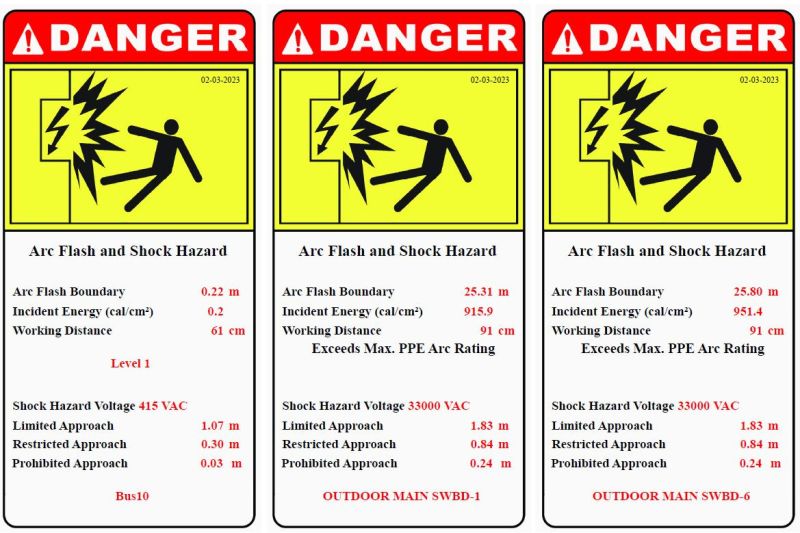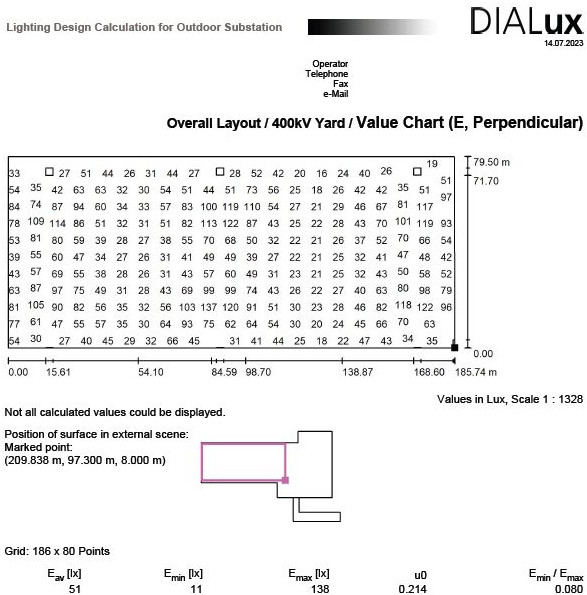Company Information
Ask for more detail from the seller
Contact SupplierSubstation electrical design and engineering are critical components in the development of reliable and efficient electrical infrastructure. This process begins with electrical design, which involves creating detailed schematics for power distribution, protection systems, and control circuitry. Engineers consider factors such as load requirements, voltage levels, and safety standards to ensure the system meets operational needs.
Ultimately, comprehensive electrical engineering ensures that substations operate efficiently, support grid stability, and meet the growing demands of modern energy systems Primary & Secondary engineering documents of T&D sub-stations upto 765kV, LT sub-stations & Power plants (EBOP).
Activities Involved using E tap :
Load Flow (Power Flow) Analysis is a fundamental study in power system engineering used to determine the voltage, current, active power, and reactive power in an electrical network and different segment in the power system under steady-state conditions. It helps in optimizing system performance, ensuring stability, and planning future expansions.
Short circuit analysis is a crucial study in power system engineering used to determine the fault currents and system response under abnormal conditions, such as line-to-line or line-to-ground faults.
Relay coordination is the process of setting protective relays in a power system to ensure selective, reliable, and fast fault isolation while minimizing unnecessary power outages. It ensures that the closest relay to the fault operates first, while upstream relays act as backups.
Harmonics
A Harmonics Study analyzes the presence of harmonic distortions in a power system caused by nonlinear loads. Harmonic currents and voltages can lead to equipment overheating, malfunctioning, and reduced system efficiency.
Recommend harmonic mitigation solutions like filters and reactor tuning
Power Factor (PF) Mitigation
Power Factor (PF) mitigation involves improving the power factor in electrical systems to reduce energy losses, improve voltage stability, and avoid penalties from utility providers.
Arc flash study:
An Arc Flash Study is a critical safety analysis conducted to assess the risk of arc flash hazards in electrical systems. It helps in identifying potential incident energy levels and determining the necessary personal protective equipment (PPE) and mitigation measures.
Engineering Documents we do:
Design calculations of CT & PT
Relay setting calculation
Power Transformer & Cable Sizing
Cable tray layouts
Equipment layouts
Earthing layouts
Lighting layouts and Cable schedules
EBOP cable schedule for DCS, ECP, MV & LV Switchgear and other panels
Foundation & Structural design of control room, HT equipment’s at Switchyard
ARC flash study
Harmonics study




